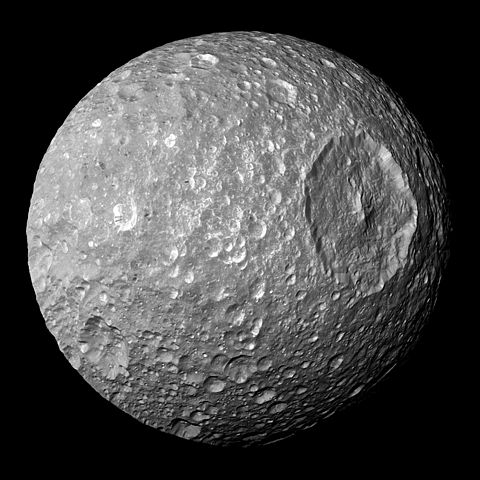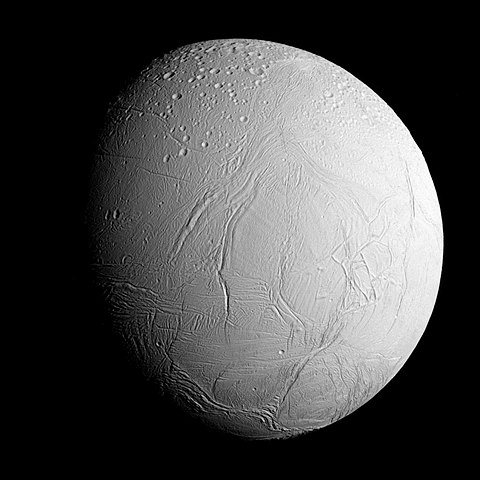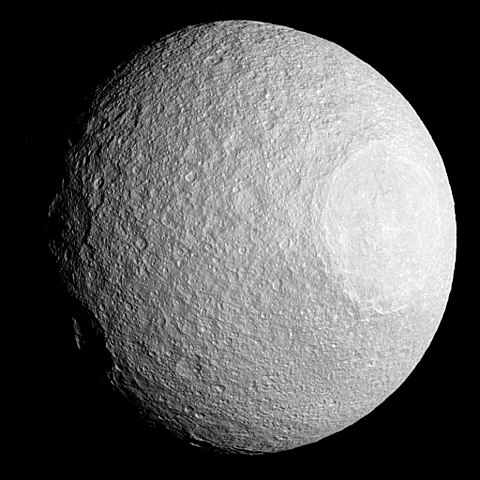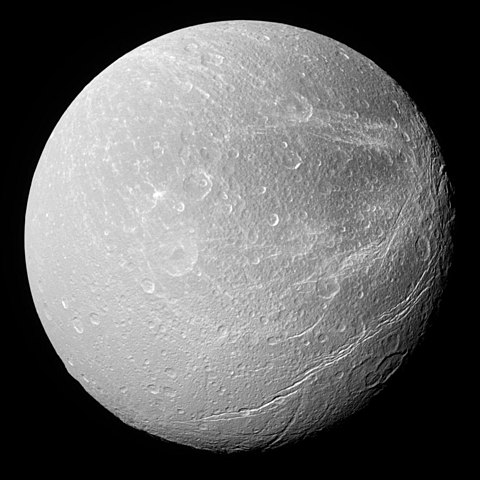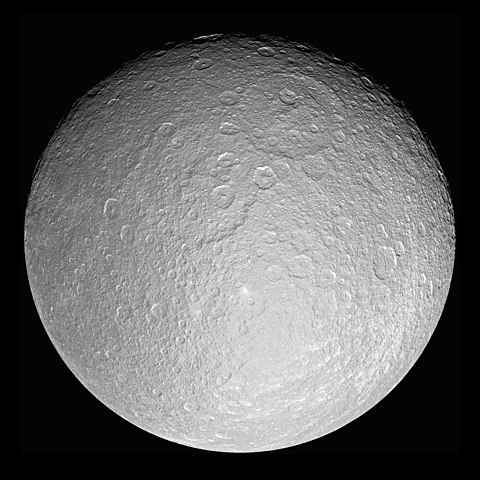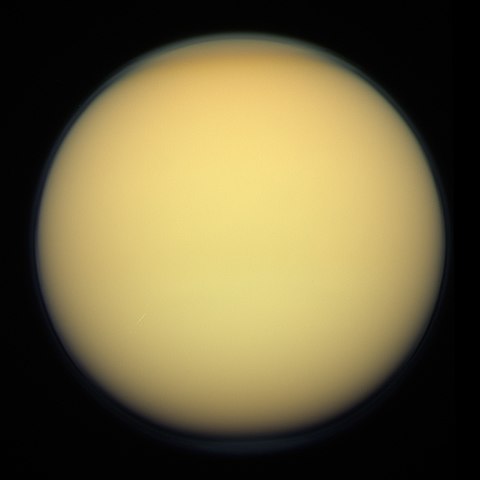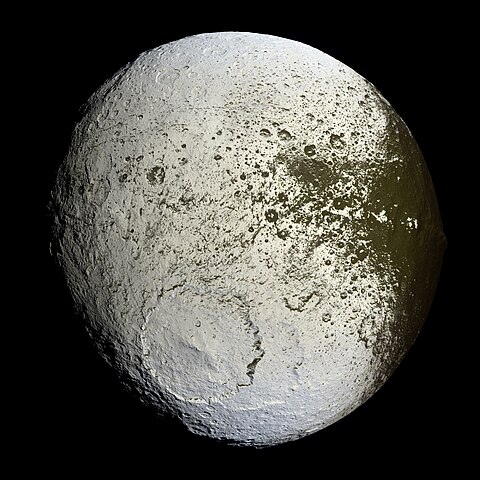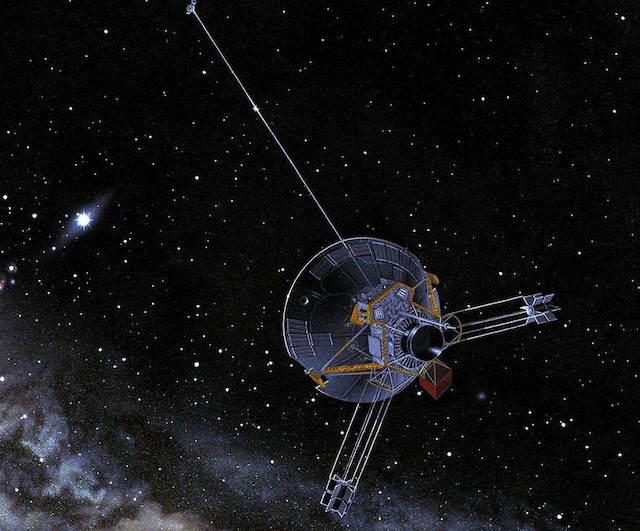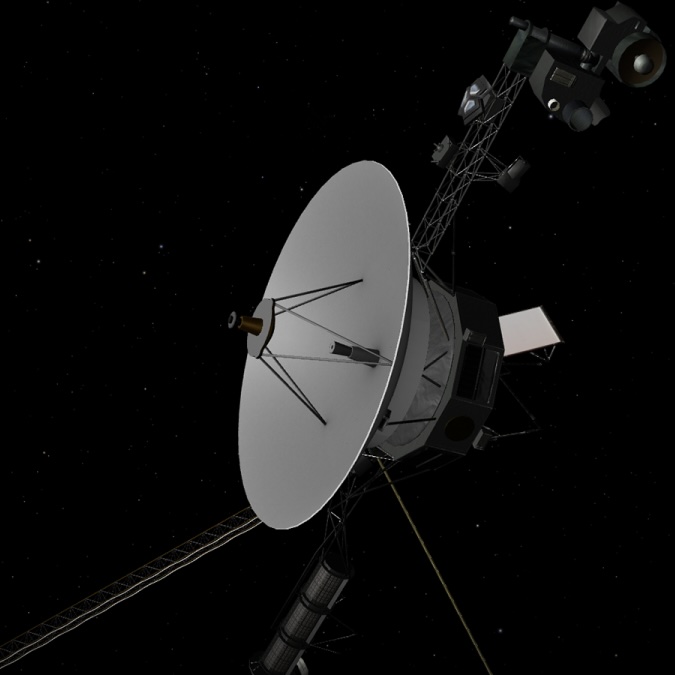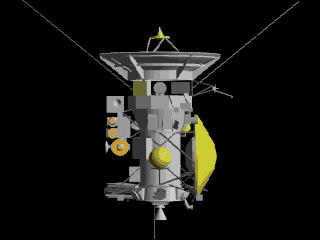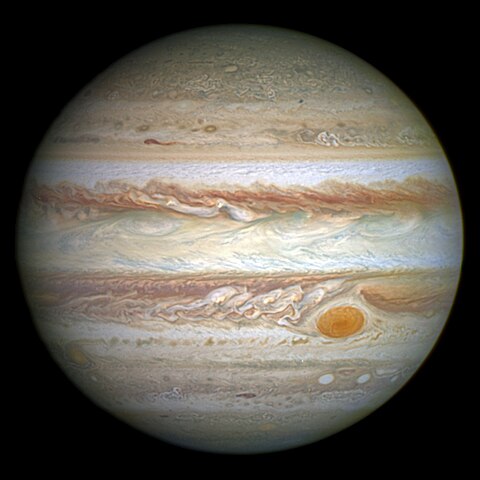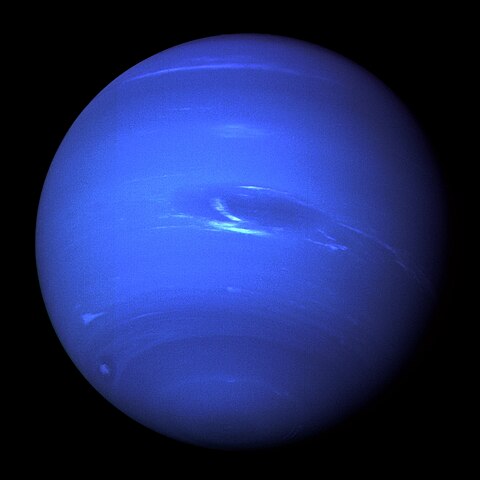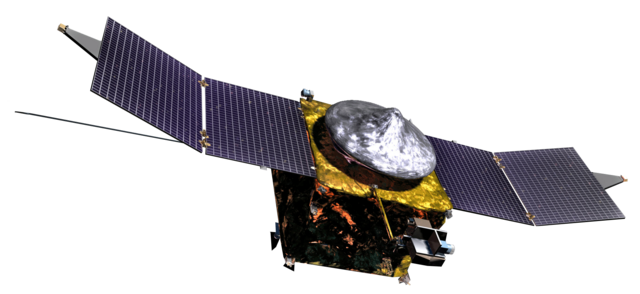1 day / second
0.5 AU
Saturn
Planet
A massive ringed gas giant with a distinctive yellow-orange hue, known for its extensive system of icy rings and more than 80 moons, including Titan, the only moon in the Solar System with a thick atmosphere.
Key Facts
orbital regime | Outer System |
learn more | Wikipedia |
mass | 5.6834e+26 kg |
radius | 58,232 km |
hill radius | 0.413 AU |
semi-major axis | 9.583 AU |
eccentricity | 0.057 |
inclination | 2.485º |
longitude of the ascending node | 113.665º |
argument of periapsis | 339.392º |
orbital period | 29.663 years |
sidereal rotation period | 10.543 hours |
axial tilt | 26.73º |
surface gravity | 1.141 g |
discovery date | Visible to naked eye since ancient times |
name origins | Named after the Roman god of agriculture and time, Saturn |
material composition | Primarily hydrogen and helium with traces of ammonia, methane and water ice |
albedo | 0.342 |
density | 0.687 g/cm³ |
Major Moons
Mimas
A small, heavily cratered moon known for its massive Herschel impact crater which gives it a distinctive "Death Star" appearance.
Enceladus
A small icy moon with a bright white surface that shoots plumes of water vapor from cracks near its south pole, indicating the presence of a subsurface ocean beneath its frozen crust.
Tethys
A mid-sized icy moon of Saturn marked by a massive impact crater called Odysseus that spans nearly 40% of its diameter and a long valley system named Ithaca Chasma that stretches across three-quarters of its circumference.
Dione
A mid-sized icy moon marked by bright, wispy terrain patterns and heavily cratered regions, orbiting Saturn at roughly the same distance as our Moon orbits Earth.
Rhea
A heavily cratered, icy mid-sized moon with a reflective surface composed primarily of water ice mixed with rocky material, orbiting as Saturn's second-largest satellite.
Titan
Saturn's largest moon and the only moon known to have a dense atmosphere, Titan features lakes and seas of liquid methane, a thick nitrogen-rich atmosphere that creates an orange haze, and conditions that may resemble those of early Earth.
Iapetus
A distinctive moon characterized by its inclined orbit, its two-toned coloring, with one bright white and one brown hemisphere, and by a prominent equatorial ridge that makes it resemble a walnut.
Hyperion
A sponge-like moon with an extremely chaotic rotation, characterized by its irregular shape and unusual surface texture filled with deep craters that give it a distinctive porous appearance.
Phoebe
An irregularly shaped, retrograde moon believed to be a captured Kuiper Belt Object that orbits Saturn at a steep angle far beyond its other major satellites.
Spacecraft Visits
Pioneer 11
Flyby
Launched in 1973, visited in 1979
Pioneer 11 completed the first flyby of Saturn on September 1, 1979, passing within 21,000 kilometers of the planet's cloud tops and discovering a new ring and two previously unknown moons.
Voyager 1
Flyby
Launched in 1977, visited in 1980
Voyager 1 completed its Saturn flyby on November 12, 1980, capturing unprecedented images of the planet's rings and atmosphere while discovering several new moons and revealing the first detailed views of Titan's dense atmosphere.
Voyager 2
Flyby
Launched in 1977, visited in 1981
During its flyby of Saturn from August 25 to September 4, 1981, Voyager 2 captured over 16,000 images of the planet, its rings, and moons, revealing new details about ring structures and discovering several new moons including Atlas.
Cassini
Orbiter
Launched in 1997, entered orbit in 2004
After a seven-year journey, Cassini entered Saturn's orbit in 2004 and spent 13 years studying the planet and its moons, completing 294 orbits and making groundbreaking discoveries about Saturn's rings and moons before deliberately plunging into Saturn's atmosphere in 2017.

